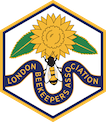
|
London Beekeepers' Association |

|
London Beekeepers' Association |
What's in Flower in January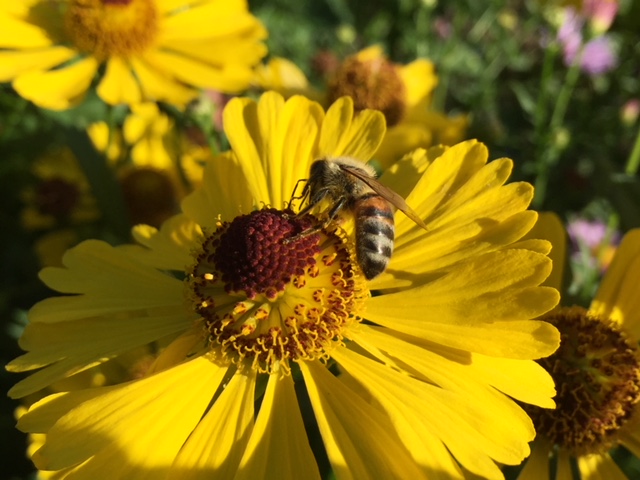 Helenium, the best garden plant for attracting bees. 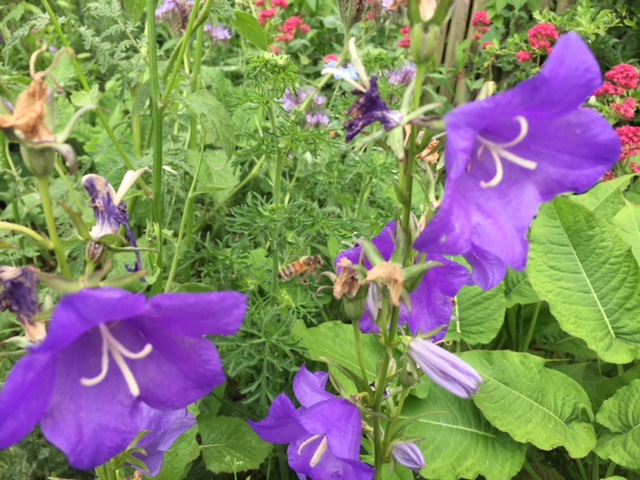 Bellflower, the sole pollen source for Bell Flower Scissor Bee and Harebell Blunthorn Bee. 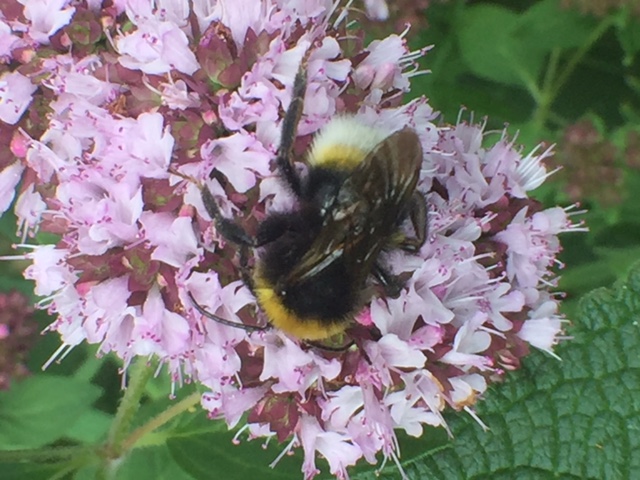 Oregano, the best butterfly plant. The awesome bee-attracting plant also supports other common and scarce species. 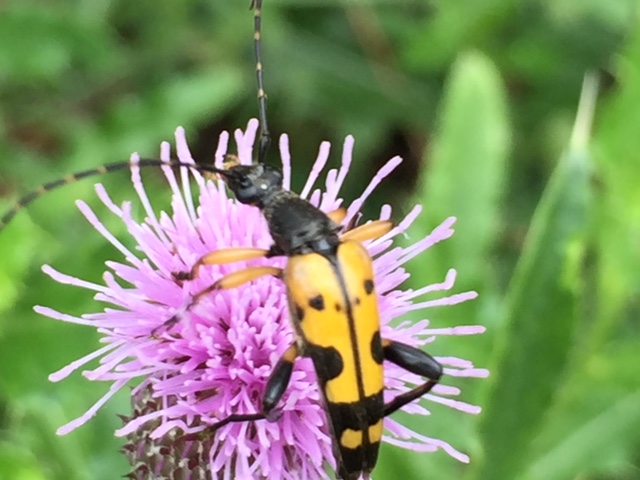 Knapweed, one of the highest yielding nectar plants. Its cultivated cousin Montana is equally as good and has a very long flowering period lasting all spring through to autumn. 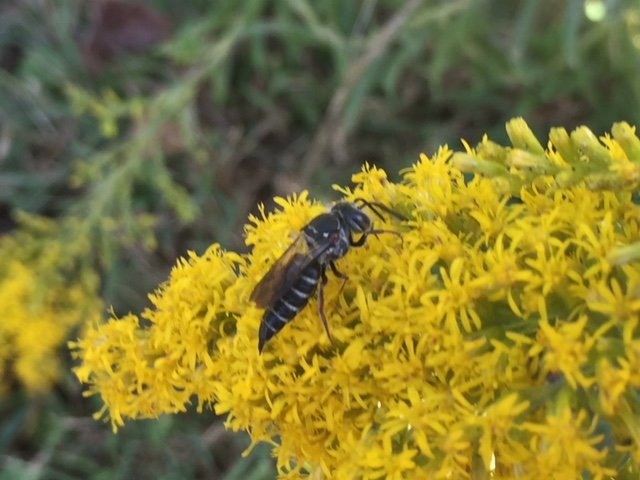 Golden rod Solidago, the only plant I've ever seen Sharp Tailed Bees frequent. 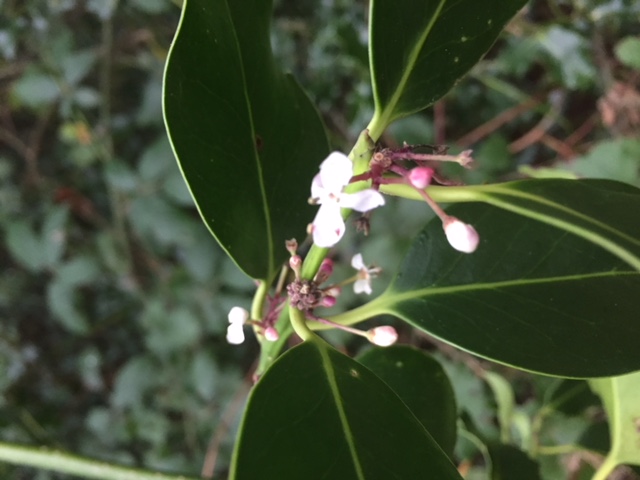 Holly, the Male plants are coming into flower now and will continue through spring when the separate female trees also bloom. 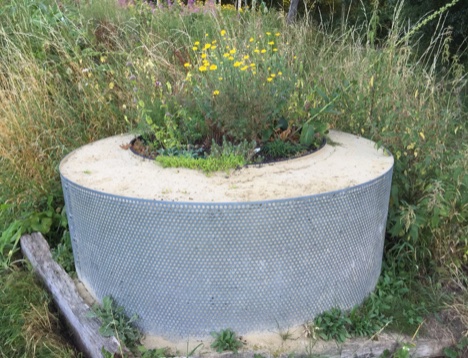 Solitary bee nest planter. 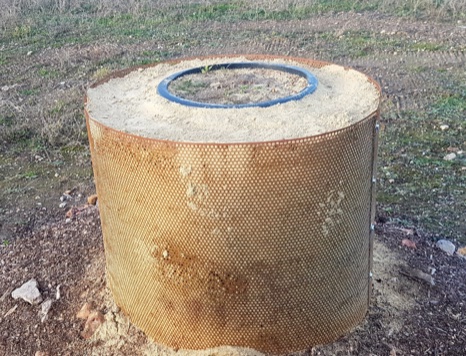 Solitary bee nest planter. [What's in flower, month by month] Mark Patterson Bee friendly gardening New Year's resolutionsThis month's forage blog takes a different direction. There's not much to write about in terms of seasonal forage for bees in the depths of winter when little is in flower and our bees are dormant so for a change my blog takes a look at what we can do to make our gardens better environments for bees all year round going forward into a new year. Create Habitat for beesBees need places to forage and find pollen, nectar, water and propolis and this can be done by planting the right types of flowers for them and incorporating a small water feature into your garden where bees can gather water. Another sort of habitat bees need is nesting habitat where they can raise their offspring. For Honey bees this is a hive but for other bees this can be piles of decaying logs in which they excavate a nest burrow, a patch of sandy soil or clay bank for mining bees to dig out a nest tunnel, or bundles of hollow plant stems and cardboard tubes for the likes of mason and leafcutter bees. These nesting habitats can be conveniently catered for in the form of the many pre-fabricated bee nesting boxes available from garden centres and online shops or you can make your own. Other ideas you could try include making a nesting cylinder for ground nesting bees. You need to invest in a sheet of perforated metal sheeting which you bring together at the ends and fasten together with nuts and bolts to form a cylinder. This is then filled with sand or free draining soil to provide a medium which bees can burrow into. This design allows bees to nest in the top of the planter by burrowing downwards but they can potentially also excavate lateral burrows entering through the many perforated holes in the metal sheet. Try using soft and sharp sand, cactus compost or John Innes loam based soil with added sand. You can plant drought-tolerant flowering plants in the top too to provide cover as some bees prefer some vegetation cover near their nests whilst others prefer a more open aspect. Lastly the final habitat that bees need is over wintering habitat. For bumble bees this is often a shallow hollow excavated in dry soil beneath tufts of grass or piles of decaying vegetation, compost heaps or hollow plant stems for solitary bees. Try not cutting back all your herbaceous perennials in autumn, so leaving some stems intact for insects to hibernate inside the hollow stems. Many solitary bees over winter in their nest chambers. Plant useful things in your gardenMy gardening mantra is either the bees can eat it or we can. If a plant can't fulfil either of these two requirements then it doesn't get a look in! Of course most of the things that we can eat are also beneficial to bees and other pollinators as the majority of vegetables do also flower and the fruits we eat need the bees to pollinate them. Plant the best plants for beesNot all flowers are equally attractive or beneficial to bees and other pollinators. Attractiveness and benefit to pollinators varies a great deal with some plants being 100 times more attractive and useful than the worst. To complicate things not all plants are equally beneficial to all insects due to the shape and morphology of the blooms which may prevent all but a few dedicated visiting bees whilst others contain toxins, the effects from which only certain bee species are immune. Great examples are the foxglove Digitalis Purpurea, Comfrey Symphytum officinalis and Everlasting Pea Lathyrus latifolia which are among the top 10 UK plants for sugar content in their nectar and the amount of nectar produced per hectare (kg of sugar/ha/year). These 3 plants should be a magnet for all bees having the greatest rewarding nectars among British plants. However Fox Glove and Comfrey are plants with deep tubular flowers which prevent all but the longest tongues from accessing their nectar, meanwhile Everlasting Pea has both a deep nectary and tightly lipped flowers which require a long tongued bee with a robust body to enter. Bulking up your gardens by planting the most attractive and beneficial plants for a broad range of insects will provide the most benefit to pollinators, whilst adding plants which are attractive or of benefit to only a small number of species helps provide food for more fussy specialists -- often the species most at risk. There are many bees which are not generalist and will only feed their offspring pollen from a small number or a single species of plant. Plant a mixture of broadly attractive and specialist plants and choose plants which will offer flowers over a long season or plan a succession of flower types throughout the season. See the tables below. There are lots more planting suggestions on my plants for pollinators pages along with download guides for plants for different types of bees. There are also lots of resources on the LBKA website. Which plants attract what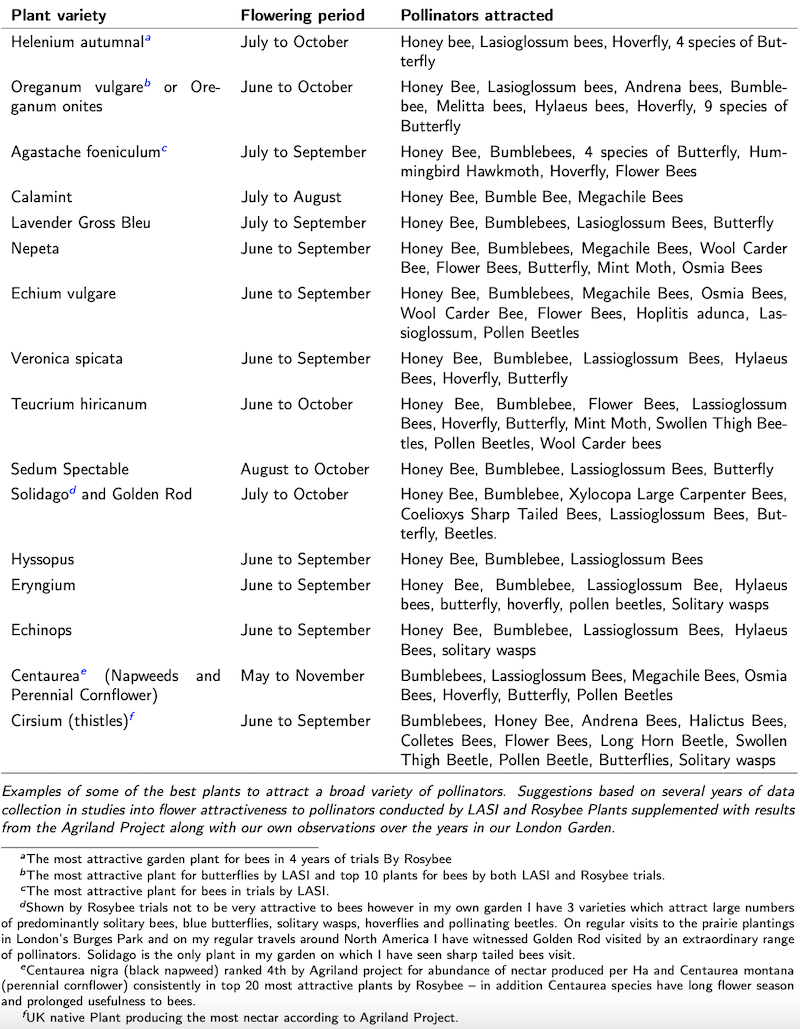
Main benefiting pollinators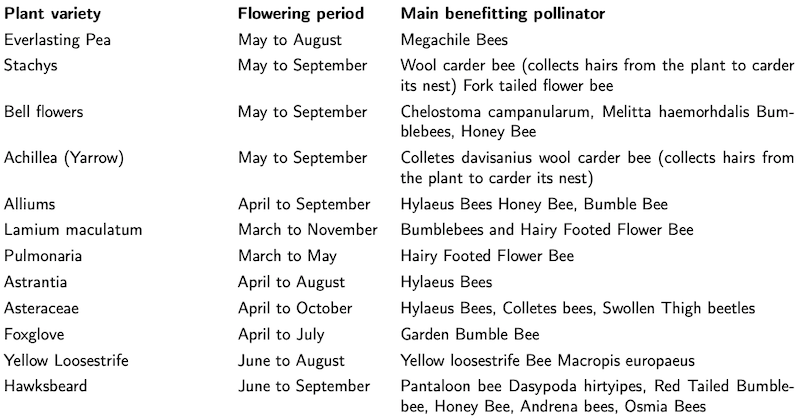
Reduce your reliance on pesticidesPesticides do have their place but only as a final resort once other means of defeating pests and disease have been exhausted. Try mulching with compost and recycling garden waste to feed plants rather than chemical feeds, try companion planting to ward off unwelcome pests and attract beneficial insect predators over chemical sprays. Pesticides find their way into pollen and nectar and accumulate in social bee colonies where they can exhibit a wide range of symptoms including reduced reproductive success, decreased life span of the individual insects, compromised immune response and tolerances to environmental stressors and increased mortality rates. When buying plants for your garden try and find out from the seller or the grower whether neonicotinoid pesticides have been used in the plant's production -- these pesticides are harmful to bees and long lived in the plant and surrounding soil meaning they can have effects on wildlife for many years to come. Stop being so tidy in the gardenTry not to be too much of a compulsive tidy upper in your gardens. Try leaving small hidden away messy areas where vegetation is not cut back and things are left a little wilder. This will act as a refuge for invertebrates which are less tolerant of disturbed areas.Learn to plan aheadIf you want to provide for pollinators in summer then the time to plan your planting activity is now. Decide what space you have, plan what you intend to grow and start placing orders now so that come spring you can have plants delivered and planted that will flower come summer. Planning ahead is especially important for spring bulbs which are best planted when dormant in autumn, 5-6 months before they will come into flower. Give no dig gardening a trySpreading composts and biodegradable mulches onto your soil and allowing worms and other detritivores to take nutrients down into the soil is much more beneficial to most soils over conventional digging in. By refraining from deep digging and only adding organic material to the soil surface we replicate what occurs in nature by creating a nutrient rich, moisture retaining top layer above increasingly mineral based layers of soil. Most plants have the majority of their roots within the top 30cm of soil, even very large trees seldom have roots penetrating deeper than 2-3 feet and they are mainly for anchorage rather than water and nutritional absorption. The benefit to bees in no deep digging is that solitary species nesting in the soil don't have their burrows disturbed and plants flower better. Digging frequently disturbs the buried seed bank meaning weed species can take hold, whereas no dig gardening results in far less seed bank disturbance and therefore a reduced weed problem. In the United States it has been found that many ground nesting solitary bee populations can triple on no dig farms compared to conventionally tilled crop fields as a result of fewer nest burrows being damaged. |
©2025 London Beekeepers' Association |